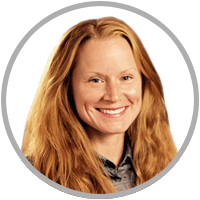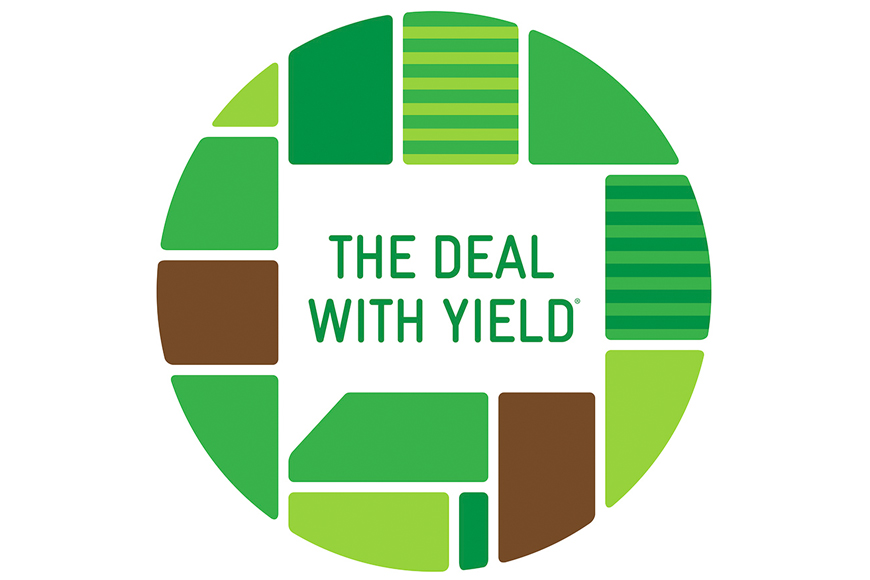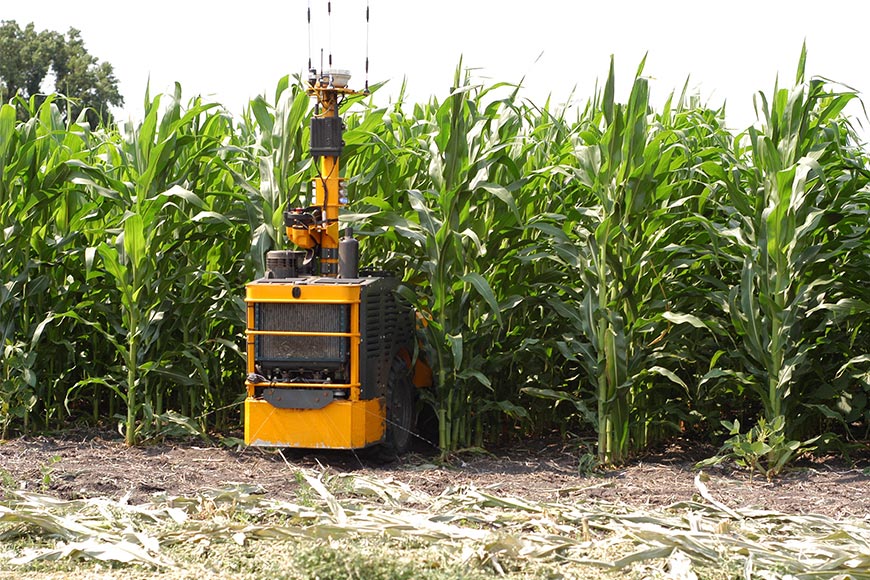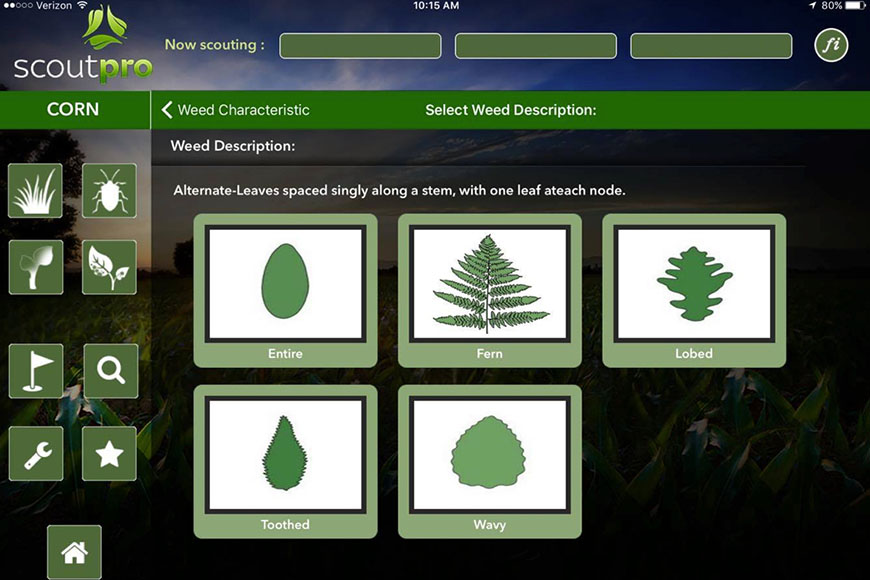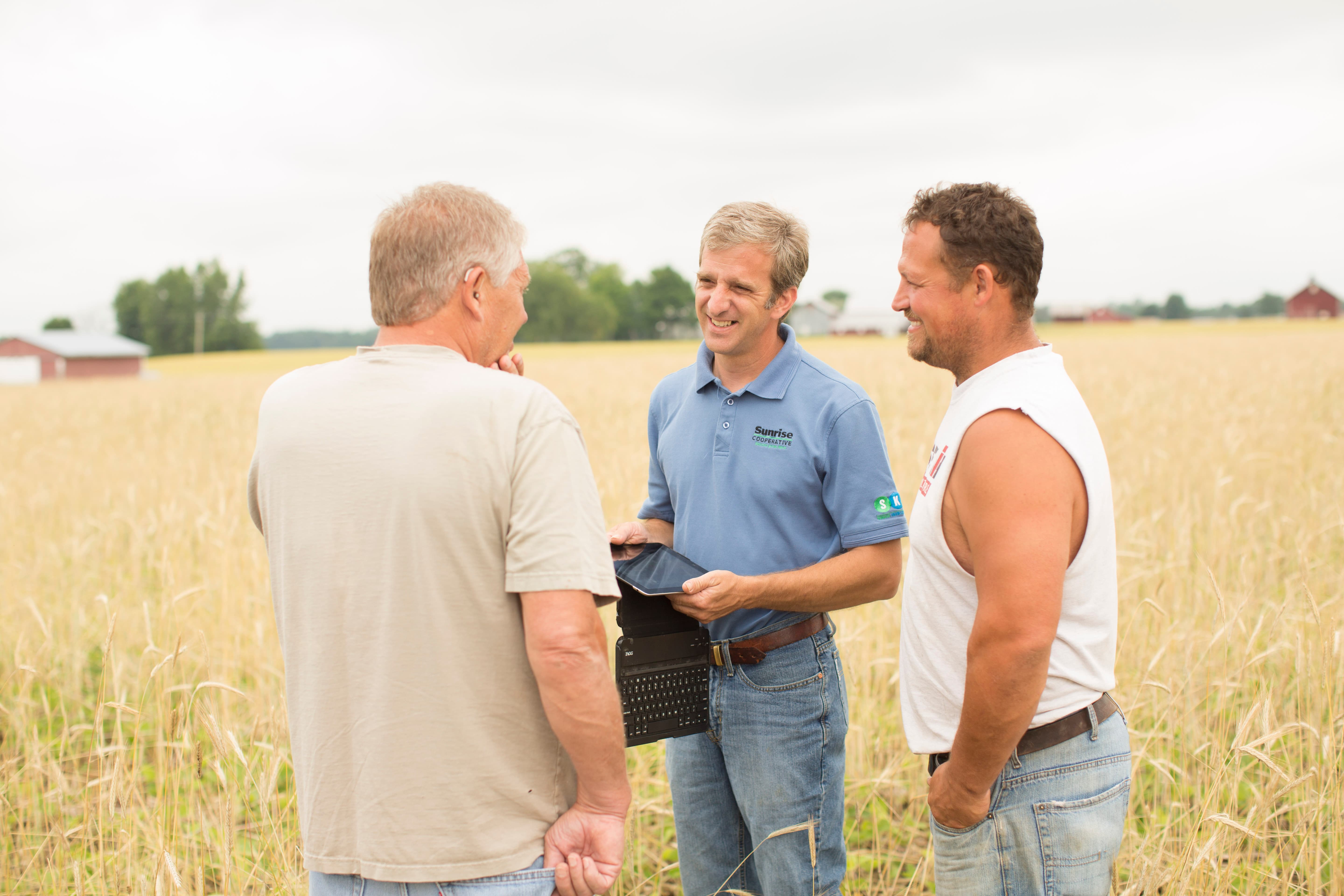Take a Seat at the Decision Ag Table
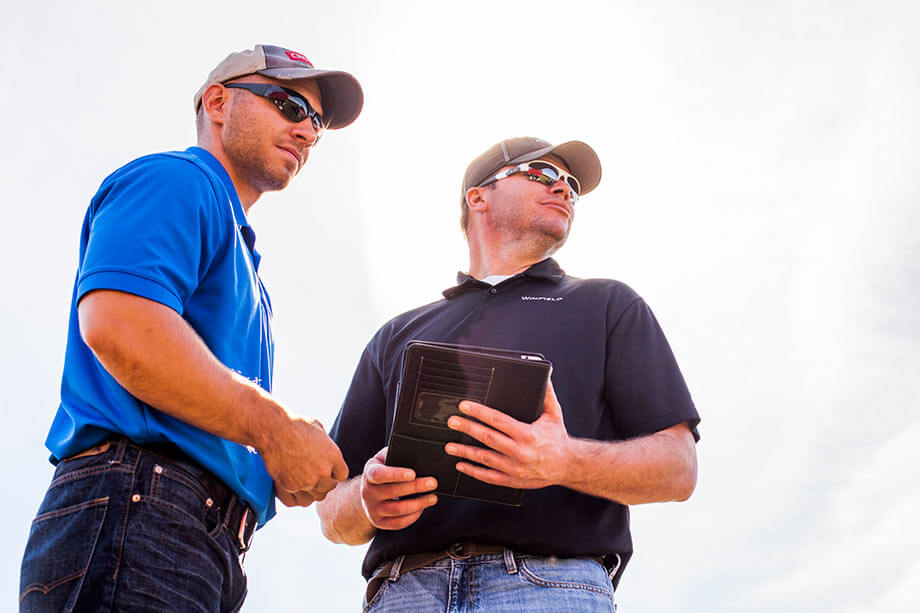
What an exciting time to be a part of the decision ag conversation. The family is growing!
I recall one year ago when WinField was invited to participate in a conversation in Washington, D.C. about precision agriculture. We ran into the usual suspects at that event: larger farmers, representatives from some key ag retailers, and agronomists with a passion for any conversation concerning agriculture and crop management. What struck me were the additional attendees from other disciplines, such as computer science, database management, conservation science, sustainability experts, geographic information system (GIS) experts, infrastructure and integration architects, and engineers. How fantastic it was to see individuals from several different areas gathering to discuss the benefits of decision ag. This group gathered not only to discuss the important role that technology plays in agriculture, but also to recognize the contribution that each discipline provides to the conversation. In order for us to succeed in spreading the message that decision ag tools can make a significant impact on improving your farming operations, optimizing your yields, and better understanding your return on investment, we have to come together as a united front to tell that story.
Our foremost focus in agriculture is to optimize the performance of an acre of land. We need to make the right decisions for the current growing season and those to come. When we manage with best practices in mind, we have the potential to experience significant gains that result from managing with such focus and detail.
For example, decision ag tools allow you to analyze what you are doing on each acre in order to assess ROI. The resulting data can also help you measure the sustainability of your practices and, in turn, make decisions to be better stewards of the land. However, gathering data is useless unless you have a plan to store it, analyze it, gain insights from it and take action to make improvements. And as farming changes (and inevitably it will continue to do so), we all need to be ready to course correct and find new and improved ways of doing more with less.
No one discipline can tackle this alone. As we continue to explore the best way to manage each acre and the data derived from it, we would be remiss if we didn’t look across industries and develop solid partnerships and collaborations with what might initially seem like unlikely characters.
As this space evolves in the coming years, not only am I eager to see how these partnerships will continue to develop, but all of us at WinField are eager to be a part of the force behind this collaboration across industries.
There is room at the table, come take a seat!
I recall one year ago when WinField was invited to participate in a conversation in Washington, D.C. about precision agriculture. We ran into the usual suspects at that event: larger farmers, representatives from some key ag retailers, and agronomists with a passion for any conversation concerning agriculture and crop management. What struck me were the additional attendees from other disciplines, such as computer science, database management, conservation science, sustainability experts, geographic information system (GIS) experts, infrastructure and integration architects, and engineers. How fantastic it was to see individuals from several different areas gathering to discuss the benefits of decision ag. This group gathered not only to discuss the important role that technology plays in agriculture, but also to recognize the contribution that each discipline provides to the conversation. In order for us to succeed in spreading the message that decision ag tools can make a significant impact on improving your farming operations, optimizing your yields, and better understanding your return on investment, we have to come together as a united front to tell that story.
Our foremost focus in agriculture is to optimize the performance of an acre of land. We need to make the right decisions for the current growing season and those to come. When we manage with best practices in mind, we have the potential to experience significant gains that result from managing with such focus and detail.
For example, decision ag tools allow you to analyze what you are doing on each acre in order to assess ROI. The resulting data can also help you measure the sustainability of your practices and, in turn, make decisions to be better stewards of the land. However, gathering data is useless unless you have a plan to store it, analyze it, gain insights from it and take action to make improvements. And as farming changes (and inevitably it will continue to do so), we all need to be ready to course correct and find new and improved ways of doing more with less.
No one discipline can tackle this alone. As we continue to explore the best way to manage each acre and the data derived from it, we would be remiss if we didn’t look across industries and develop solid partnerships and collaborations with what might initially seem like unlikely characters.
As this space evolves in the coming years, not only am I eager to see how these partnerships will continue to develop, but all of us at WinField are eager to be a part of the force behind this collaboration across industries.
There is room at the table, come take a seat!


